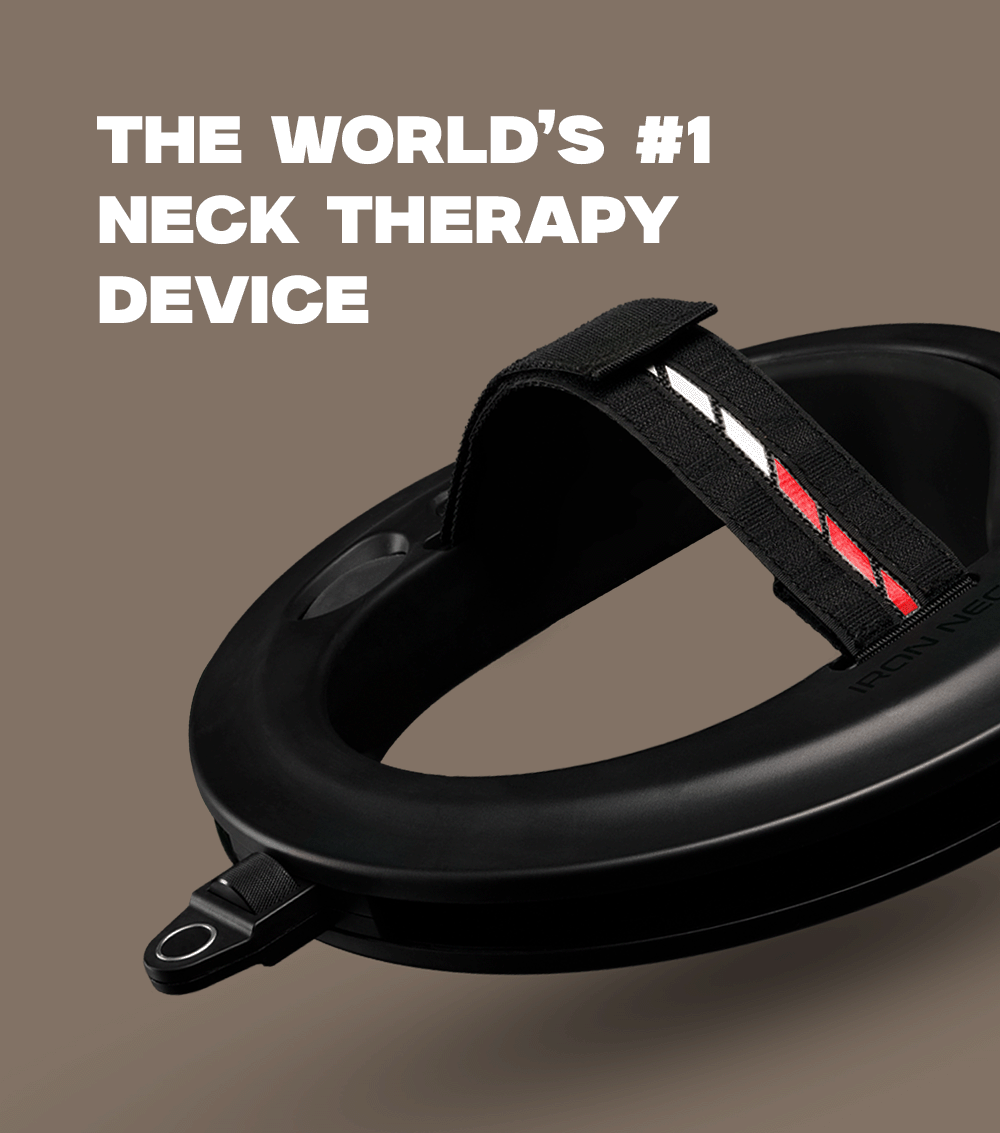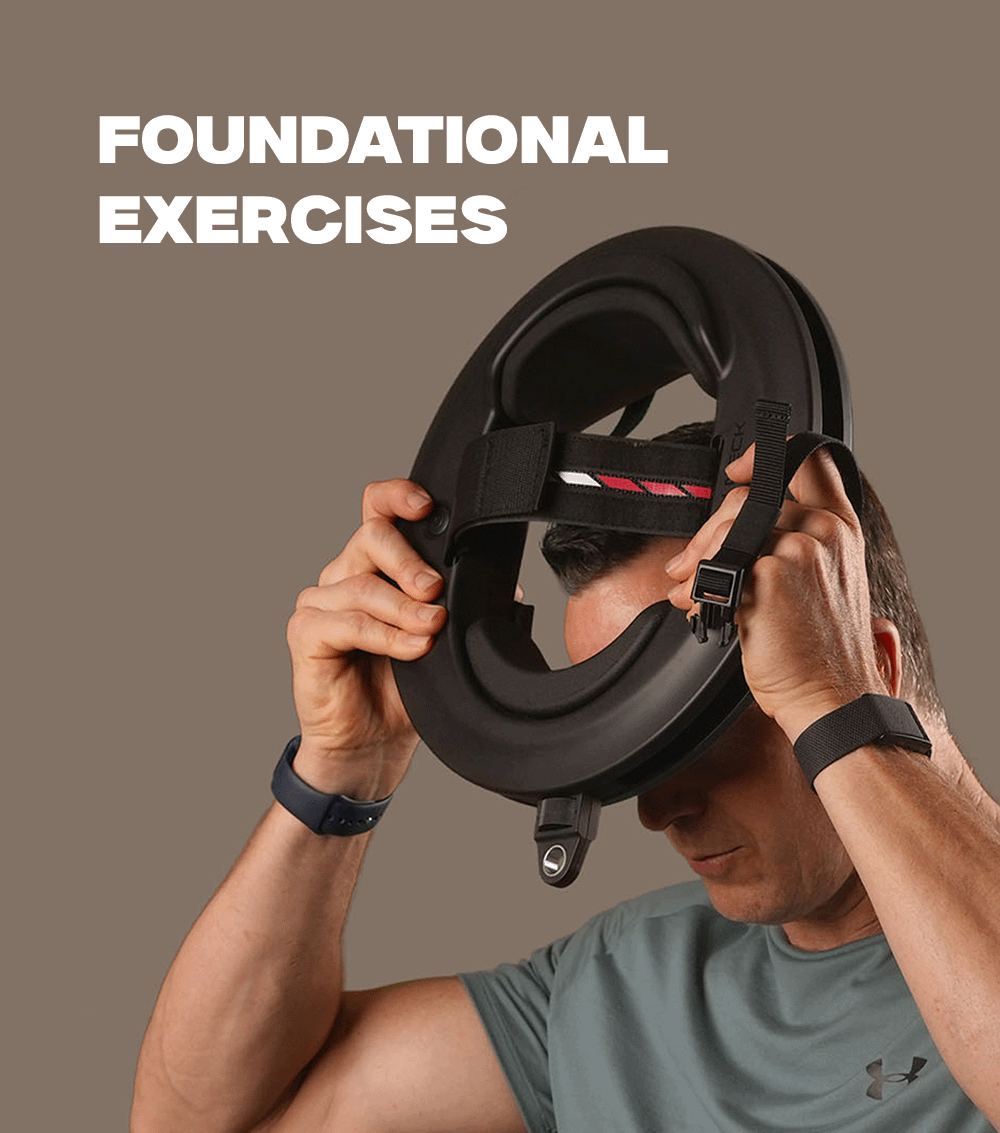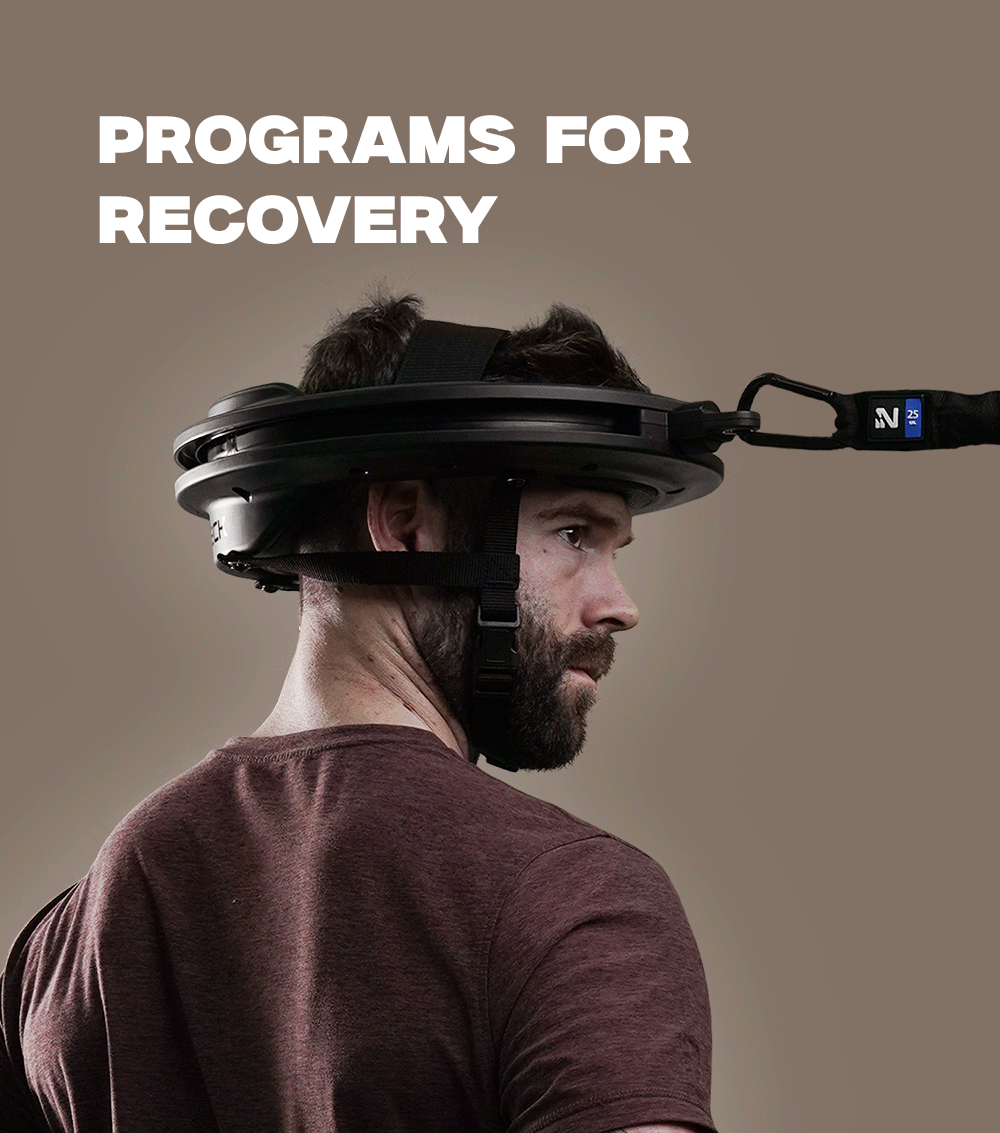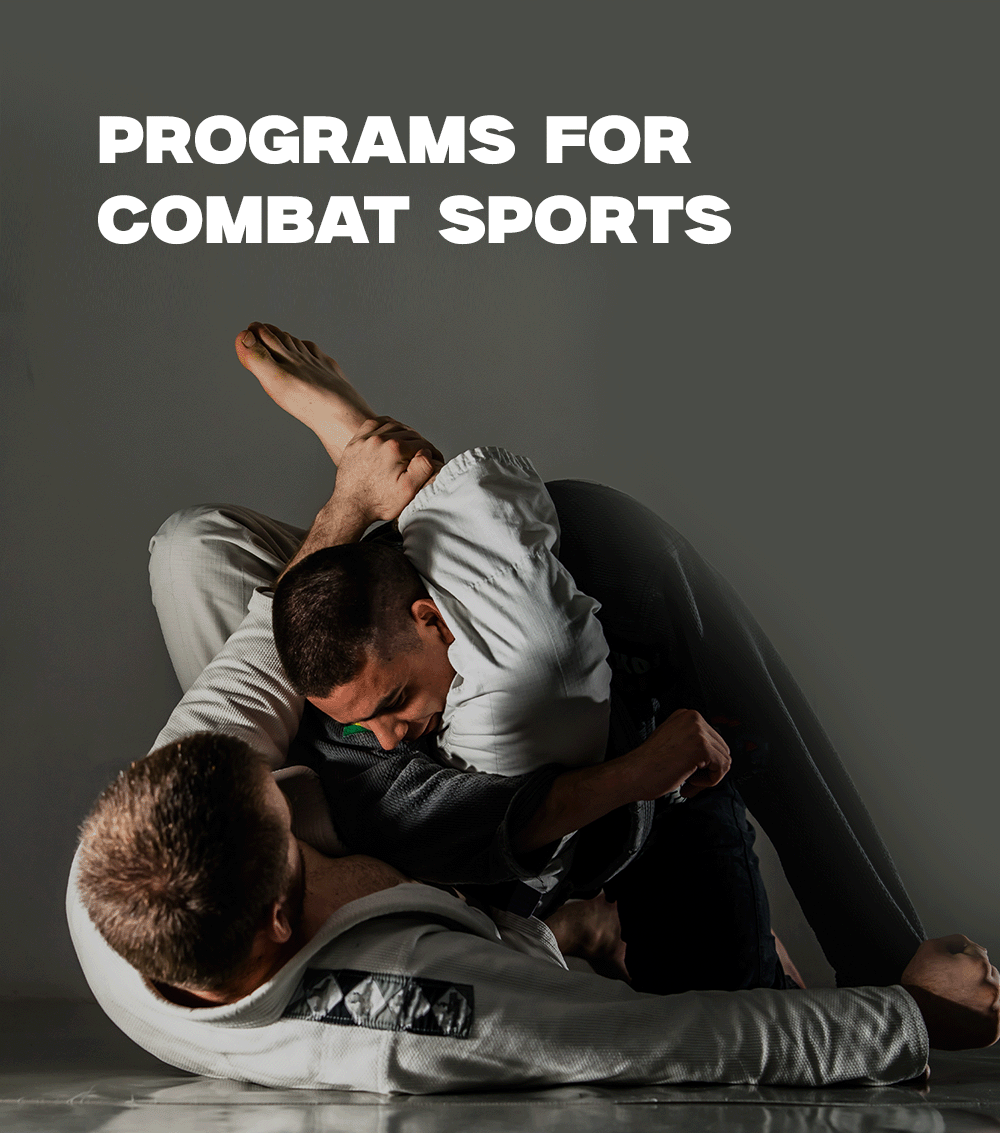The forward head look so many have developed is not just unsightly, it’s painful - which is why more and more emphasis is being placed on neck posture exercises.
Corrective training for the neck is the best way to regain control over your posture and to start looking and feeling better as quickly as possible. If you spend a lot of time at a desk or on your phone, these are even more essential for you.
We’ll explain what causes the dreaded forward head condition, and share the best neck exercises for helping you pack your neck back.
What Is Forward Head Posture, And What Causes It?
Forward head posture is a term used to characterize poor neck posture. You have likely seen people exhibit this look before, it’s pretty hard to miss. It looks pretty ugly, and is usually a sign of someone not taking great care of their body.
But it also hurts. Forward head posture puts a ton of extra stress on your cervical spine, as you’re constantly stretching all the ligaments and muscles in your neck to their limit. On top of the neck pain it causes, you can even develop chronic headaches.
So, what causes this condition to develop?
It’s usually not the result of trauma - it’s the culmination of poor posture and overusing technology. But even those who don’t work desk jobs or use their phones often can develop it. Here are some of the most common causes we see:
- Spending too much time hunched over. There are lots of professions that can contribute to this, such as trucking/driving, sewing, etc.
- Constantly carrying a backpack or any other weight on your back - your head leans forward to accommodate, and over time, will get stuck that way.
- Muscular imbalances or weakness in the upper back (thoracic region). These muscles aren’t strong enough to hold your head in place, so it drifts forward.
- Some illnesses and conditions can contribute to FHP too - such as arthritis or bone degeneration.
There are plenty of other causes of this unsightly condition, but these are the most common. Being aware of your risk to developing FHP is important, because you can work on your posture preventatively and mitigate your chances of developing it in the first place.
Can Neck Posture Exercises Help?
There are a few ways you can eliminate the forward head condition we’ve described above - and neck posture exercises are typically the best solution.
They do work, and they will have you feeling better than ever in no time. Most people don’t train their neck - even many serious athletes are unaware of the importance of a strong, stable neck.
Not only will you be able to bring your neck back into proper alignment through these exercises and stretches, you’ll actively strengthen it which optimizes other aspects of your physical health. You’ll decrease pain & tension, headaches, and risk of neck injury/concussions while simultaneously increasing your range of motion! So, let’s share some of our favorites.
The Best Neck Posture Exercises For Forward Head Condition
With all of these exercises we share below, be sure to properly research the technique before adding any load. Practice in a mirror, record yourself executing these exercises from different angles, and be confident in your form.
Neck exercises are perfectly safe when performed with the right technique and a safe load, so ease your way into these. If you’re dealing with forward head condition right now, you’re going to have pretty limited range of motion to start with, so you’ll need to build it up over time.
What Equipment Do I Need To Perform Neck Posture Exercises?
A lot of people can get by without any equipment - at least at first. As you get better at performing these movements, you’ll need to introduce new stimuli to keep improving.
This can be adding more sets & reps, but at a certain point, you need to add some resistance and force the tiny little muscles in your neck to adapt.
There are two routes you can take in terms of choosing your equipment & supplies - either use a neck harness with resistance belts, or use the Iron Neck Neck Strengthener.
These are both great options - it just comes down to your budget, and how serious you want to take your neck training. If you’re an athlete, we’d urge you to go with the latter.
The Iron Neck is the best neck training device on the market, unlocking more exercises than anything else. Now - let’s get into some of the movements you should employ.
Chin Tucks (Cervical Retraction)
This exercise is super simple, and can help you regain control over your posture quickly. For the starting position, keep your head neutral, and then think about creating a double chin.
This is called packing your neck, and will be the starting position for many exercises you perform - because a packed neck is the ideal neck posture!
From here, you simply tuck your chin down and think about touching it to the base where your neck and chest make.
This is the most important neck posture exercise, as you are going to be training your muscles to stay packed and hold your neck in place.
This one movement will be a staple in your battle against forward head posture. From there, you can compliment your training with the following neck posture exercises.
Look Left, Look Right
Put on your Iron Neck device or neck harness. For bonus points, you can put a trigger point on your traps (either a lacrosse ball against a wall, or using a theracane).
From your packed neck starting position, simply look left, hold, and then look right. This exercise strengthens the neck and improves your range of motion all at once.
By adding the trigger point element, you will further increase range of motion, as you’re clearing up tension in the traps which could limit ROM and cause pain.
Cervical Glides
This movement is a bit more advanced. Start by attaching your harness and packing your neck. From there, think about moving your head slowly and controlling it to draw a square.
Go forward, then to the right, then all the way back to the left, before bringing your head back into the starting position.
Using these exercises, you’ll find yourself regaining the posture you once had. You’ll find that not only do you look healthier, you feel healthier - and that’s what really matters!









Leave a comment
This site is protected by hCaptcha and the hCaptcha Privacy Policy and Terms of Service apply.